Name Roberto Nobili | Died January 16, 1656, Chennai | |
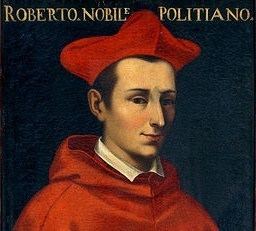 | ||
Books Preaching wisdom to the wise | ||
Roberto de nobili school in madurai in india
Roberto de Nobili (1577 – 16 January 1656) was an Italian Jesuit missionary to Southern India. He used a novel method of adaptation (accommodatio) to preach Christianity, adopting many local customs of India which were, in his view, not contrary to Christianity.
Contents
- Roberto de nobili school in madurai in india
- Roberto De Nobili
- India
- Controversies about his method
- The Ezourvedam
- Legacy
- References
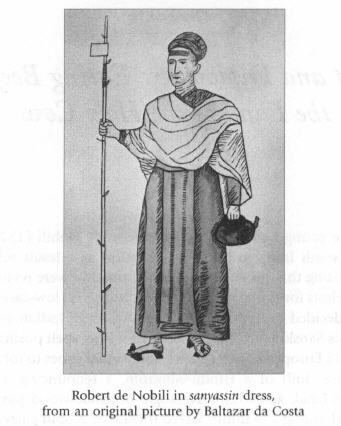
Roberto De Nobili (తెలుగు)
India
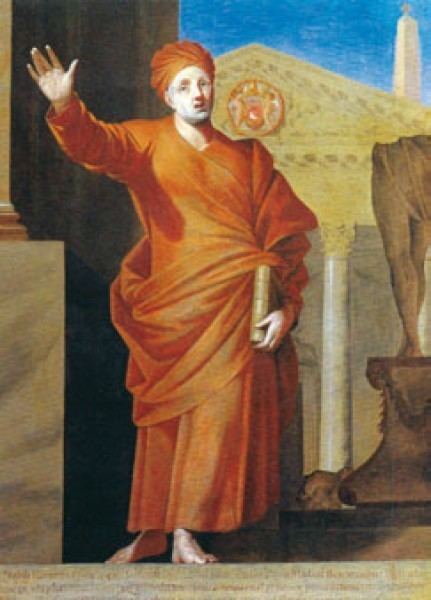
Born in Montepulciano, Tuscany in September 1577, Roberto de Nobili arrived in Goa in western India on 20 May 1605. It is probable that he met here Fr Thomas Stephens, SJ, who had arrived in Goa in 1579, and was probably in the process of composing his Khristapurana.
After a short stay in Cochin in Kerala, he took up residence in Madurai in Tamil Nadu in November 1606. He soon called himself a "teacher of wisdom" (தத்துவ போதகர்), and began to dress like a Sannyasin. Claiming noble parentage he approached high-caste people, and eagerly engaged in dialogue with Hindu scholars about the truths of Christianity.
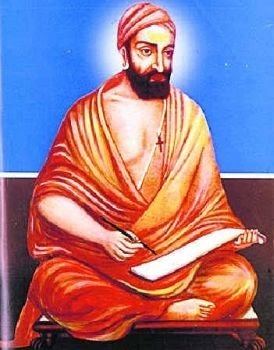
De Nobili mastered Sanskrit, Telugu and Tamil languages and literature, with the help of his teacher, Shivadharma. As he expounded the Christian doctrine in Tamil he coined several words to communicate his message. He used the word "kovil" (கோவில்) for a place of worship, "arul" (அருள்) and "prasadam" (பிரசாதம்) for grace, "guru" (குரு) for priest or teacher, "Vedam" (வேதம்) for the Bible, "poosai" (பூசை) for Mass, etc.
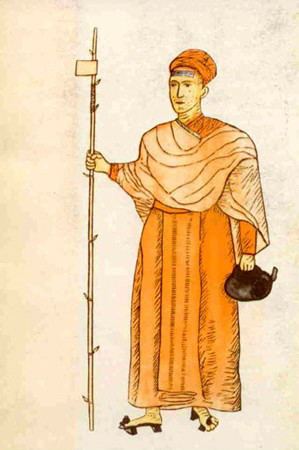
He adopted also local Indian customs, such as shaving one's head and keeping only a tiny tuft. He wore a white dhoti and wooden sandals, to don the look of a sanyasin. Another symbol he embraced was the wearing of a three-stringed thread across the chest. He interpreted the three-stringed thread as representing the Holy Trinity, Father, Son and Holy Spirit.

He was one of the first Europeans to gain a deep understanding of Sanskrit and Tamil. He composed Catechisms, apologetic works and philosophic discourses in Tamil, and contributed greatly to the development of modern Tamil prose writing.
Controversies about his method
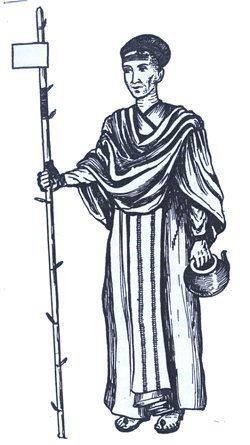
His method raised a fierce controversy among his fellow Jesuits and with the Archbishop of Goa Cristóvão de Sá e Lisboa. The dispute was settled by Pope Gregory XV with the Constitution Romanæ Sedis Antistes issued on 31 January 1623. The customs of the three-stringed thread, the tuft, the use of sandalwood paste on the forefront and baths were allowed, inasmuch they did not imply any superstitious ritual. The Pope invited also the Indian neophytes to overcome their caste sensitivity and their despisal of the pariahs.
Dharmic thinker Rajiv Malhotra calls this method as Inculturation. By adopting native culture, he made sure that Christianity appear less alien to natives and hence easier to adopt. His adoption of native culture was out of respect and guided by his missionary zeal to spread Christianity using deception.
The Ezourvedam
Some have alleged that Roberto de Nobili was the author of a forged document written in French and purported to be a translation of an ancient Sanskrit scripture by the name of Ezourvedam. Max Mueller, a great Orientalist who edited the series The Sacred Books of the East has concluded convincingly that de Nobili did not author the forged work. Ludo Rocher has published a detailed study about the Ezourvedam which shows that the author of this text must have been a French missionary. He offered several names:
The question who the French Jesuit author of the EzV [Ezour-vedam] was we can only speculate on. Calmette was very much involved in the search for the Vedas; Mosac is a definite possibility; there may by some truth to Maudave’s information on Martin; there is no way of verifying the references to de Villette and Bouchet. The author of the EzV may be one of these, but he may also be one of their many more or less well known confreres. In the present state of our knowledge, we cannot go any further than that.
Urs App recently offered new evidence for the authorship of Jean Calmette (1692–1740).
Father Roberto de Nobili died in Mylapore near Chennai in Tamil Nadu on 16 January 1656 at the age of 79.
